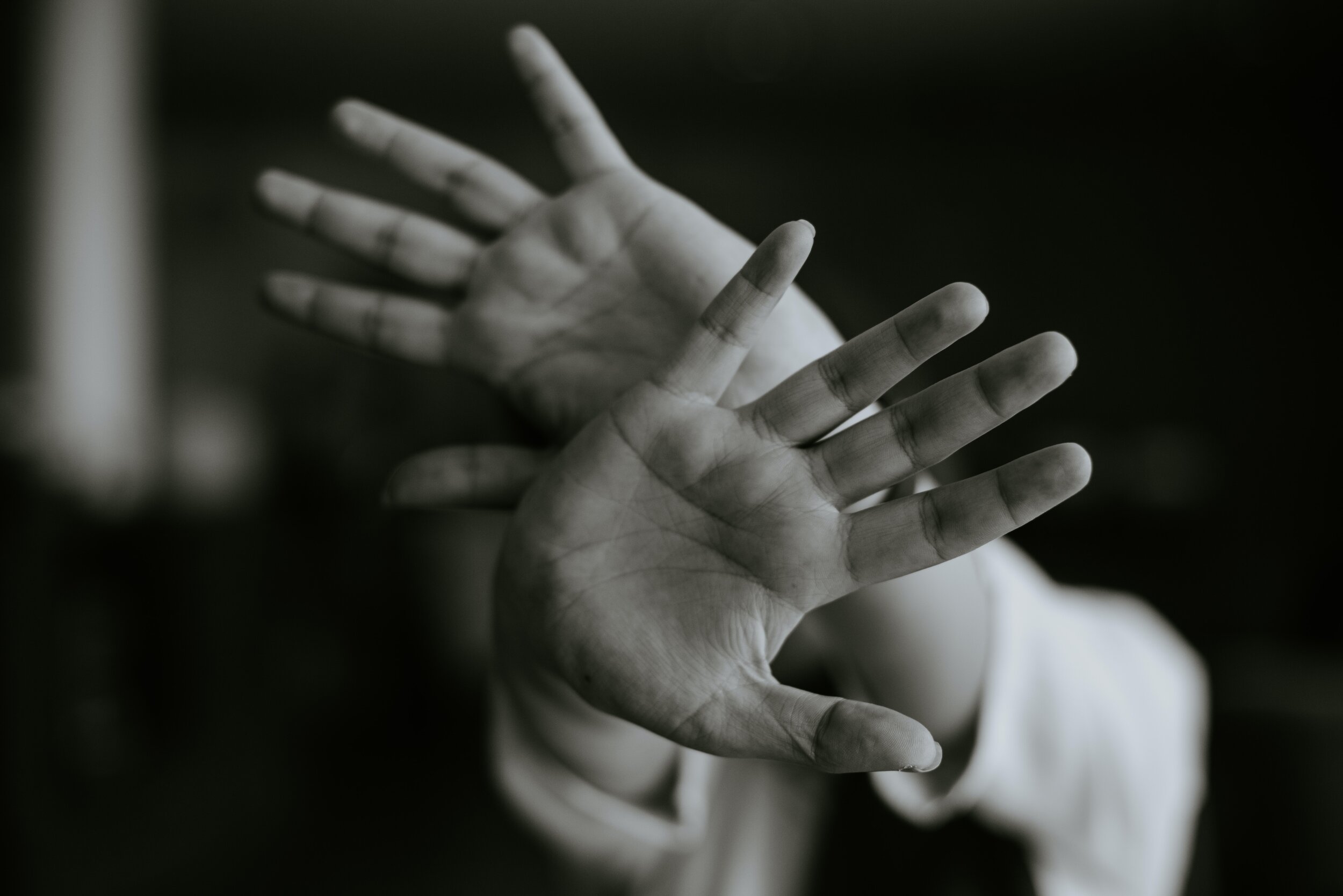Help for Fears and Phobias
Most of us have experienced having an irrational fear at some point in our lives. For some, that fear can escalate and become a phobia. A phobia is an anxiety disorder that causes someone to experience extreme fear related to something, someone or somewhere. Phobias can prohibit people from leading fully functional lives and are often considered a diagnosable mental disorder. Below are a few examples that you may recognize:
Acrophobia: fear of heights
Aerophobia: fear of flying
Arachnophobia: fear of spiders
Autophobia: fear of being alone
Claustrophobia: fear of confined or crowded spaces
Hemophobia: fear of blood
Vehophobia: fear of driving
It’s important to note the difference in intensity between normal fears and phobias. For example, a normal fear would be: feeling anxious before getting into a crowded elevator. A phobia would be: choosing to climb 100 flights of stairs to avoid taking the elevator at all costs. In addition, fears usually have a root cause while phobias may not.
People with phobias try desperately to avoid what they are afraid of, and when faced with their fear, they may experience: shortness of breath, a panic attack, increased heart rate, trembling, dizziness, etc. A phobia often stems from something that caused us to panic at an early age. It could also be related to a fear that a parent or guardian instilled in us. For these reasons, phobias rarely manifest beyond the age of 30. However, one phobia can make a person more prone to additional phobias at any age.
Research concludes that phobias are linked to the part of the brain called the amygdala. The amygdala is responsible for eliciting the release of adrenaline (the ‘fight or flight’ hormone) and cortisol. Luckily, it is possible to reduce or eliminate fears and phobias with the techniques listed below.
Hypnotherapy – This technique targets the subconscious mind to change the way one feels and behaves toward a phobia or fear through hypnosis.
Cognitive Behavioral Therapy (CBT) – CBT Helps one manage their fears by changing the way they think about it over time. It reframes the thoughts, beliefs, feelings, and behaviors connected to the phobia to target and change the underlying issue.
Psychotherapy – Involves talking about the fear and gaining a deeper understanding of it through counseling.
Exposure Therapy – A person is exposed to their fear in a safe and supported environment. Exposure therapy can be done in real time, using the imagination, or virtually via hypnosis or visualization techniques. Learn more about this technique here.
If you are someone who has a phobia and has yet to try one of the techniques mentioned above, try this deep breathing exercise next time you are face to face with your fear:
Place one hand on your chest, the other on your abdomen, slowly inhale for four counts, hold the breath for seven counts, and slowly exhale for eight counts.
For more information on this breathing technique visit here.
